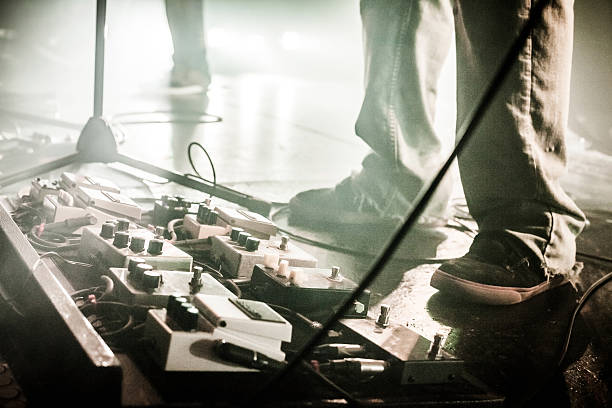
If you’ve been wondering “what is a guitar modulation pedal?” or “what do modulation effects do?” you’re not alone. Some guitar effects pedals are self-explanatory: reverb pedals create artificial reverberation, distortion pedals distort your guitar tone, and so on. But what are guitar modulation pedal effects, and how can you use them to create exciting guitar tones? Modulation pedals open up a wide range of guitar sounds to explore, from subtle to extreme. Let’s take a look at what modulation effects are, some examples of the different types of modulation effects, and where to place modulation pedals in your signal chain.
What is a guitar modulation pedal?
There are many different types of modulation effects, and the one thing they all have in common is movement. Modulation simply means something is changing over time in a cyclical fashion. Tremolo is a modulation effect that modulates (changes) your guitar’s volume. Vibrato is a modulation effect that modulates your guitar’s pitch. We’ll get into all the different types of modulation effects below: the thing to know is that a modulation pedal will change a property of your guitar tone (like volume or pitch) over time. You usually have control over the rate of change as well as the amount of change. And you may have control over the waveform, or the “shape” of how the change takes place in each cycle. The important thing to remember is that any effect that changes your tone over time, in repetitive cycles, is essentially a modulation effect.
What do modulation pedals sound like?
Because modulation pedals effect your guitar tone in a cyclical manner, modulation pedals create a sense of rhythmic movement. Possibly the most well-known modulation effect is tremolo which changes your guitar’s volume over time, as if you were rolling your volume knob down and back up again repetitively. Slower rates sound smooth and intriguing, while faster rates sound more haunting and intense. While each modulation effect sounds different, they all share the characteristic of movement that can add big sonic interest to your guitar tone. We’ll get into the different types of modulation effects below, and there is definitely a wide range of different modulated guitar tones to explore.
How to choose a guitar modulation pedal
Now that we know modulation pedals are all about sonic movement, we can take a closer look at the different types of modulation effects. From classic tremolo-laden surf guitar tones and phasey ‘60s psychedelic rock leads to flanged ‘80s metal tones, modulation effects are at the foundation of some of the most iconic guitar tones throughout history. The following sections cover the most common types of modulation effects you’ll encounter, explain what they do, and will point you towards great pedals you’ll want to add to your pedalboard.
Tremolo – the best modulation pedal for vintage vibe
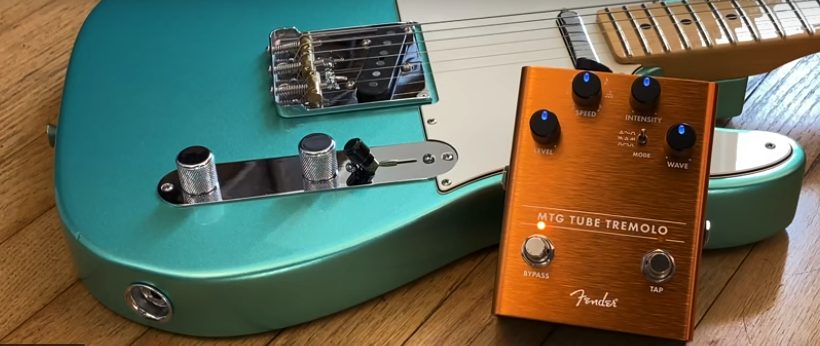
Found on some of the first Fender guitar amplifiers, the tremolo effect is one of the first electric guitar modulation effects. and it couldn’t be simpler to understand: tremolo changes your volume over time, as if you were manipulating your guitar’s volume control as you’re playing. Turn up the tremolo, hit an A minor chord, and you’re instantly in surf rock territory. Most tremolo pedals give you control over the rate of volume change, and how deep the volume change is. With just these two controls you can create tones with a fast, subtle shimmer, a dark and haunting undulation, or even a rhythmic pulse that throbs in time with your music. To get the original Fender-amp tremolo experience, the Fender MTG Tube Tremolo effects pedal delivers the classic tube-driven tremolo vibe you’d find on a vintage tube amp. On the modern end of the spectrum, the EarthQuaker Devices Hummingbird V4 tremolo pedal excels at choppy, stuttering volume modulation that can reach incredibly high rates while still sounding musical. While both of those pedals are doing essentially the same thing (modulating your volume) they can produce wildly different effects.
Chorus – the best modulation pedal for subtle movement
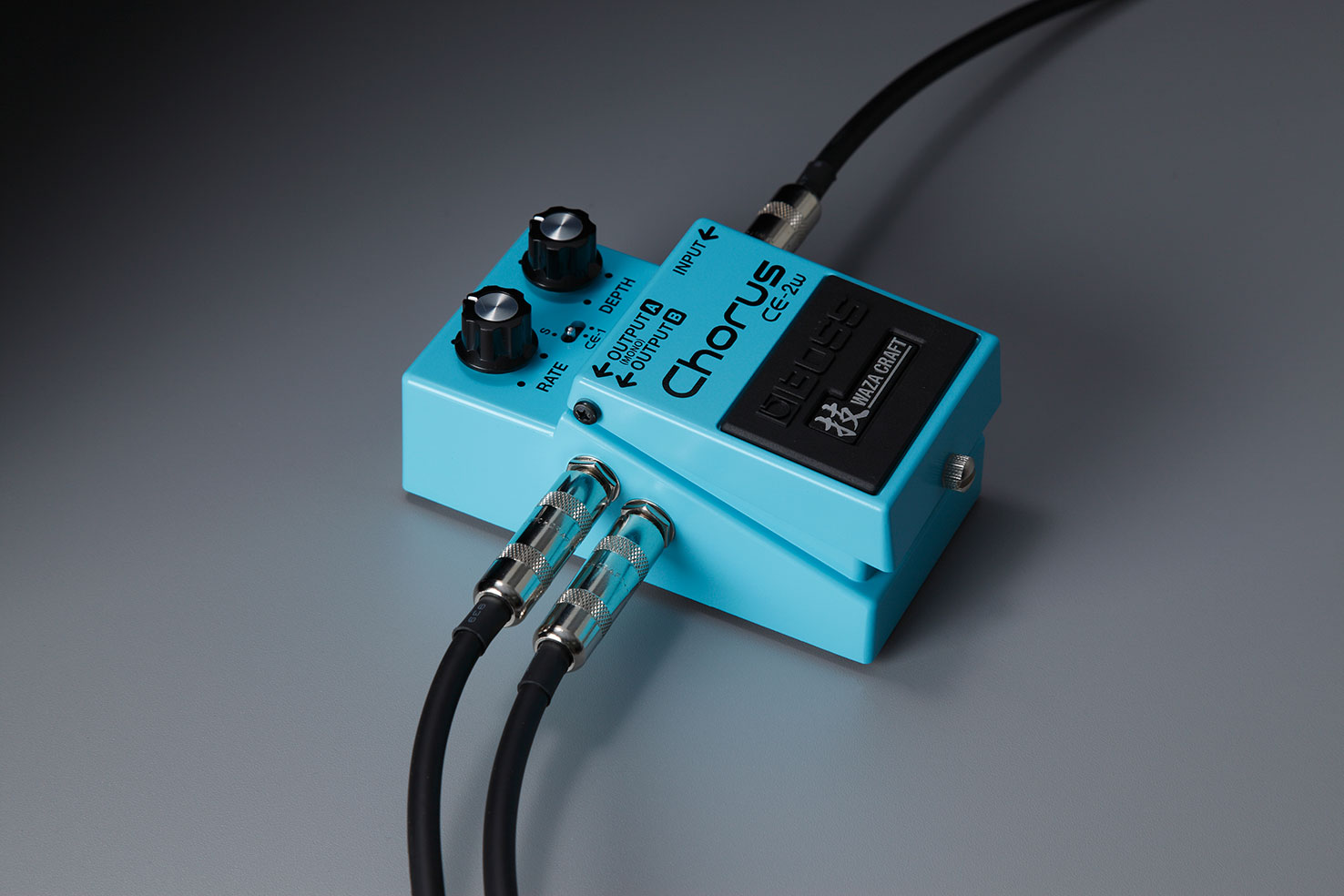
The chorus effect splits your guitar signal, detunes the split signals, and blends the pitch-shifted signals with your un-effected signal. By layering multiple signals with subtle tuning variations, the chorus effect creates the impression of a “chorus” of guitars. Subtle chorus settings reward you with tones that shimmer and soar — think Andy Summers’ evocative guitar tone on “Every Step You Take” by The Police. Many iconic guitar tones from the ‘80s used chorus to great effect, often employing the classic BOSS CE-2 analog chorus pedal. You can plug into that same exact design with the modern BOSS CE-2W Chorus Waza Craft pedal. Another well-known chorus effect can be found in the Electro-Harmonix Small Clone analog chorus pedal, a modern re-creation of the chorus pedal favored by Kurt Cobain of Nirvana.
Vibrato – the best modulation pedal for not-so-subtle movement
Another common modulation effect that can be found on many vintage guitar amplifiers is vibrato. Vibrato is similar to tremolo, except it varies the pitch of your guitar signal instead of its volume. The vibrato effect can sound similar to tremolo if the depth of pitch change is subtle, and you can create some seriously unstable sounds with extreme settings. Because vibrato and chorus effects both achieve their sounds via pitch shifting, it’s common to find chorus/vibrato pedals that include both effects. A good example of this is the Walrus Audio Julia Chorus/Vibrato V2 effects pedal, giving you access to a wide range of sonic textures in a single pedal. A dedicated vibrato pedal may give you more control to fine-tune the effect. For example, the EarthQuaker Devices AqueDuct vibrato pedal offers a wide range of waveform shapes that can drastically change the character and mood of the vibrato effect.

Phaser and Flanger – the best modulation pedals for sweeping, swirling tone
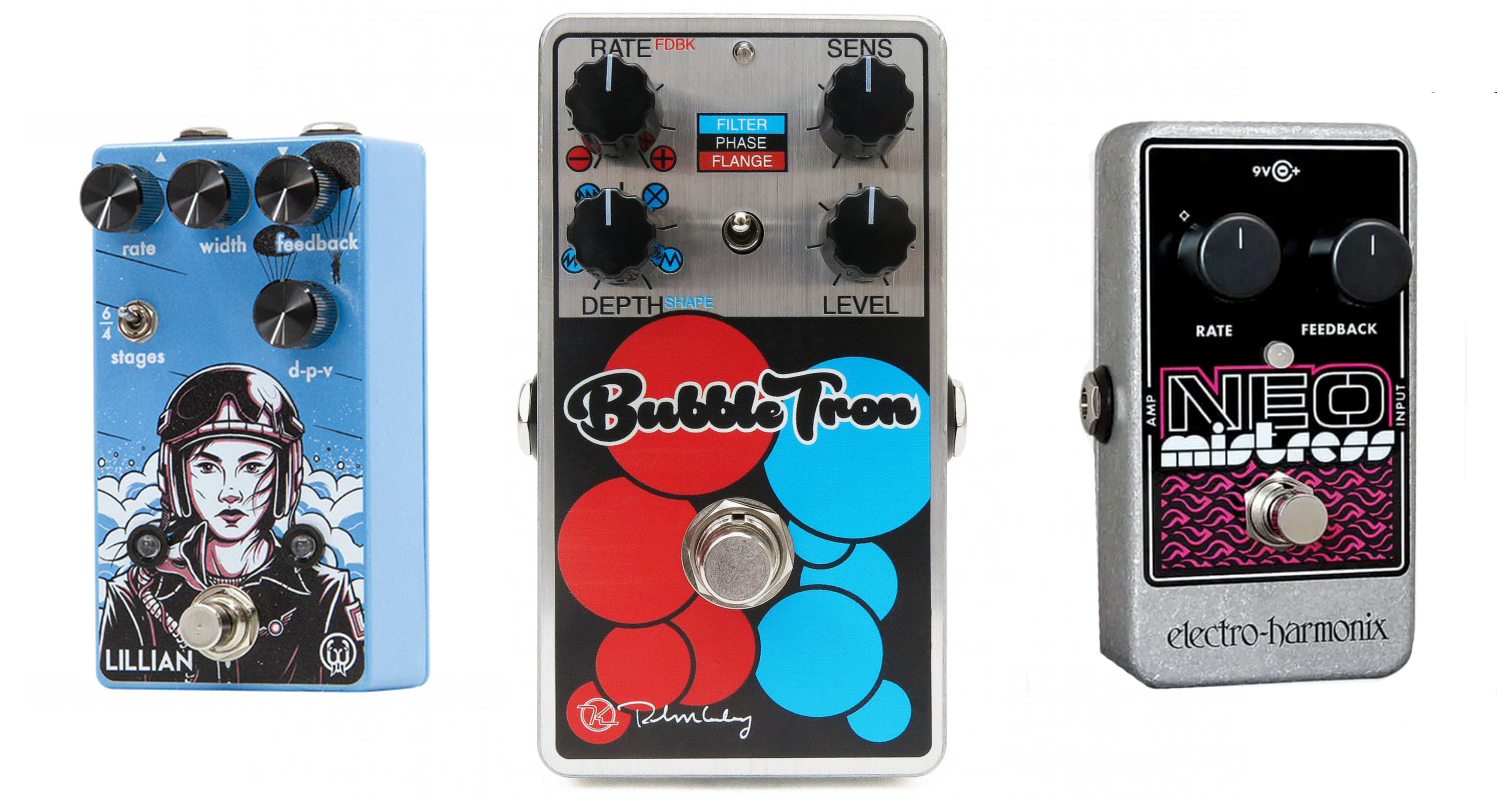
Phaser and flanger effects can sound very similar, because at their core they are doing the same thing: they create a series of peaks and notches in your guitar’s frequencies, and move them rhythmically. A phaser effect can sound similar to a filter sweeping smoothly through your guitar tone. A flanger effect can add a “whooshing” sensation to the effect, similar to a jet engine revving up to speed. With either effect, slower rates create a constantly-evolving sonic texture that works well with lead tones, while faster rates introduce a rhythmic throb to your sound. The Walrus Audio Lillian analog phaser pedal is a good example of a dedicated phaser pedal that offers a wide range of classic analog phasing effects. For a dedicated flanger pedal, the Electro-Harmonix Neo Mistress flanger pedal generates iconic flange effects in a simple two-knob design. And for the best of both worlds, a combination pedal like the Keeley Bubble Tron filter/phaser/flanger pedal boasts an array of filter, phase, and flange effects in a single stompbox.
Rotary speaker — a unique modulation effect
The rotary speaker effect is unique because it emulates the sound of a specific amplifier: the Leslie rotating speaker cabinet. By putting a speaker on a rotor and spinning it, a Leslie rotating speaker creates a doppler effect that modulates the pitch of your guitar tone in a unique way. It’s the same principle that makes the pitch of a police siren rise and fall as it speeds past you. While a real Leslie rotating speaker is an impractical investment for most guitarists, thankfully you can achieve the same effect with a rotary speaker emulation pedal. Fender’s The Pinwheel is a good example of a rotary speaker pedal that gives you full control over the characteristics of the emulated rotary speaker, and even allows you to slow down and speed up (brake) the effect just like you could with a real Leslie speaker.
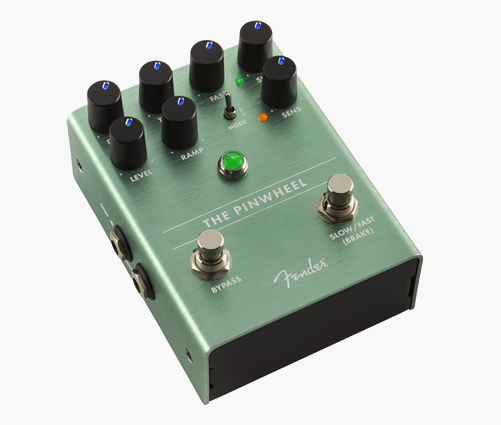
Understanding multi-modulation pedals
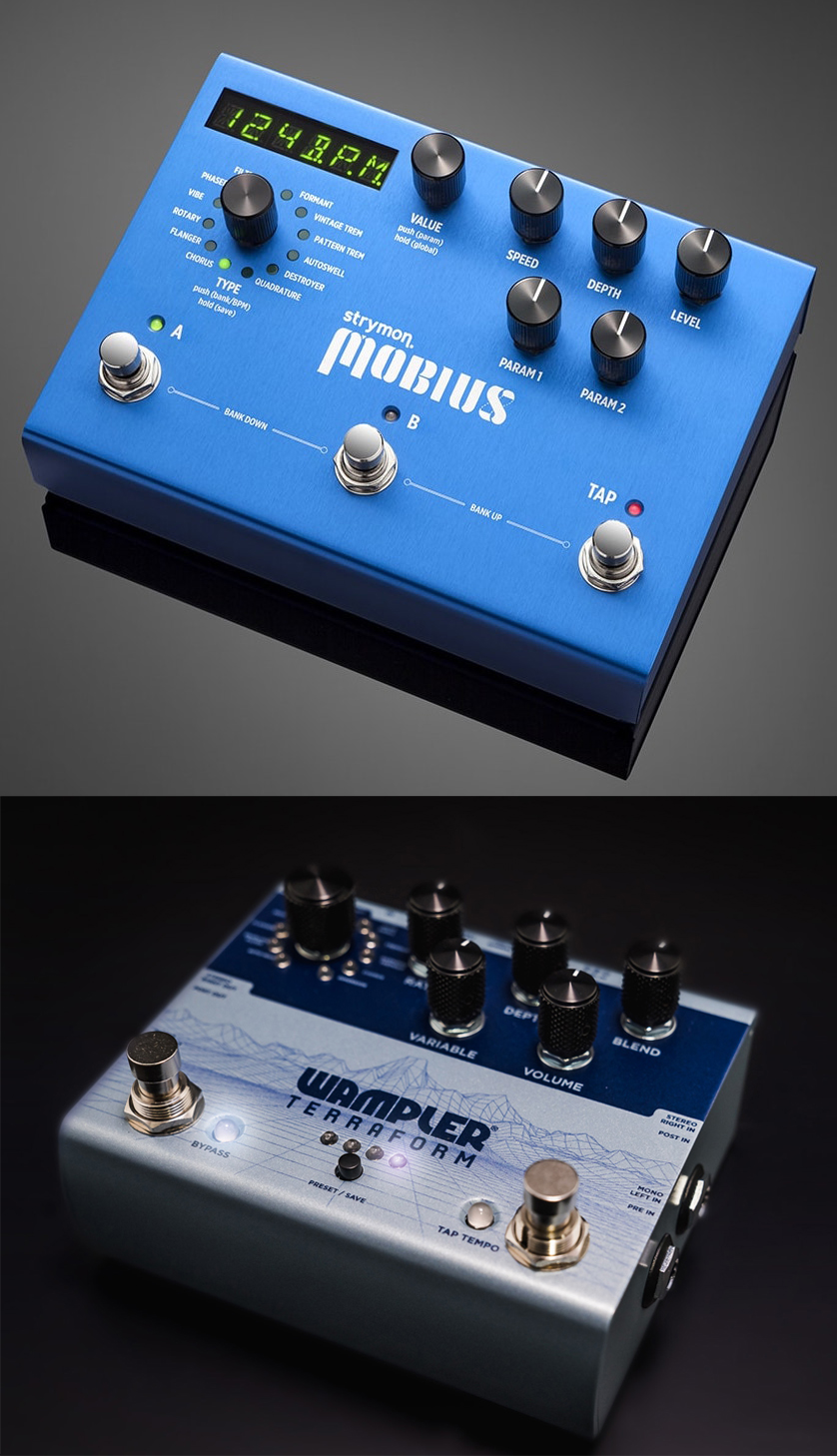
With a better understanding of the different types of guitar modulation pedals, you’ll be well-equipped to navigate multi-modulation pedals. As their name suggests, multi-modulation pedals offer many or all of the modulation effects listed above, all packed into a single pedal. As many guitarists require different modulation effects for different songs, but few guitarists need multiple modulation effects simultaneously, multi-modulation effects represent big value and a space-efficient solution. A multi-modulation pedal like the Wampler Terraform or the Strymon Mobius Multidimensional Modulation pedal offer all of the modulation effects listed above and more, giving you a huge range of sonic textures to explore in a single stompbox.
Where should I place my modulation pedal in my signal chain?
Where you place your modulation effects pedals in your signal chain will have a big effect on how they sound. Placing modulation pedals before overdrive and distortion pedals can make the modulation effect sound less pronounced, while placing them after your drive pedals makes the effect sound more pronounced because the modulation pedal has more harmonic content to work with. Placing modulation pedals in your amplifier’s effects loop can give your tone more of a studio-quality polish, because the effect is working on your signal after it has been shaped and boosted by your amp’s preamplifier stage. If you place your modulation pedals in your effects loop, they’ll probably sound better placed before any delay or reverb effects pedals, unless you want to add modulation to the delay or reverb trails too. It’s worth taking some time to experiment with placing your modulation effects pedals in different places in your signal chain, to find the right tonal balance that suits your personal style.
Make your music move with modulation effects
Whether you play in a cover band or create original music, modulation effects are a powerful tool for any guitarist. The sense of movement and depth creates an extra layer of sonic interest that can make for truly memorable music. From adding a subtle tremolo effect to enhance some strummed chords, to sending a heavily-flanged tone into a cranked tube amp for an epic solo, modulation effects are responsible for some of the most iconic guitar tones ever recorded. So put some modulation effects on your pedalboard, and make music that moves!


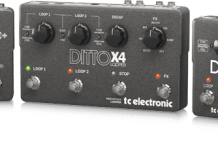

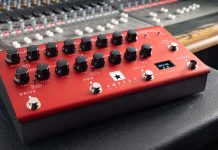
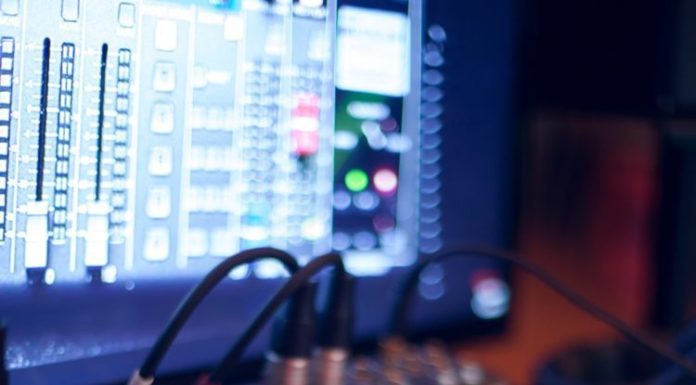
![5 Best 49 Key MIDI Controllers 2022 [Reviews & Buyer’s Guide] best 49key midi keyboards](https://homestudiohub.com/wp-content/uploads/2020/03/best-49key-midi-keyboards-80x60.jpg)






